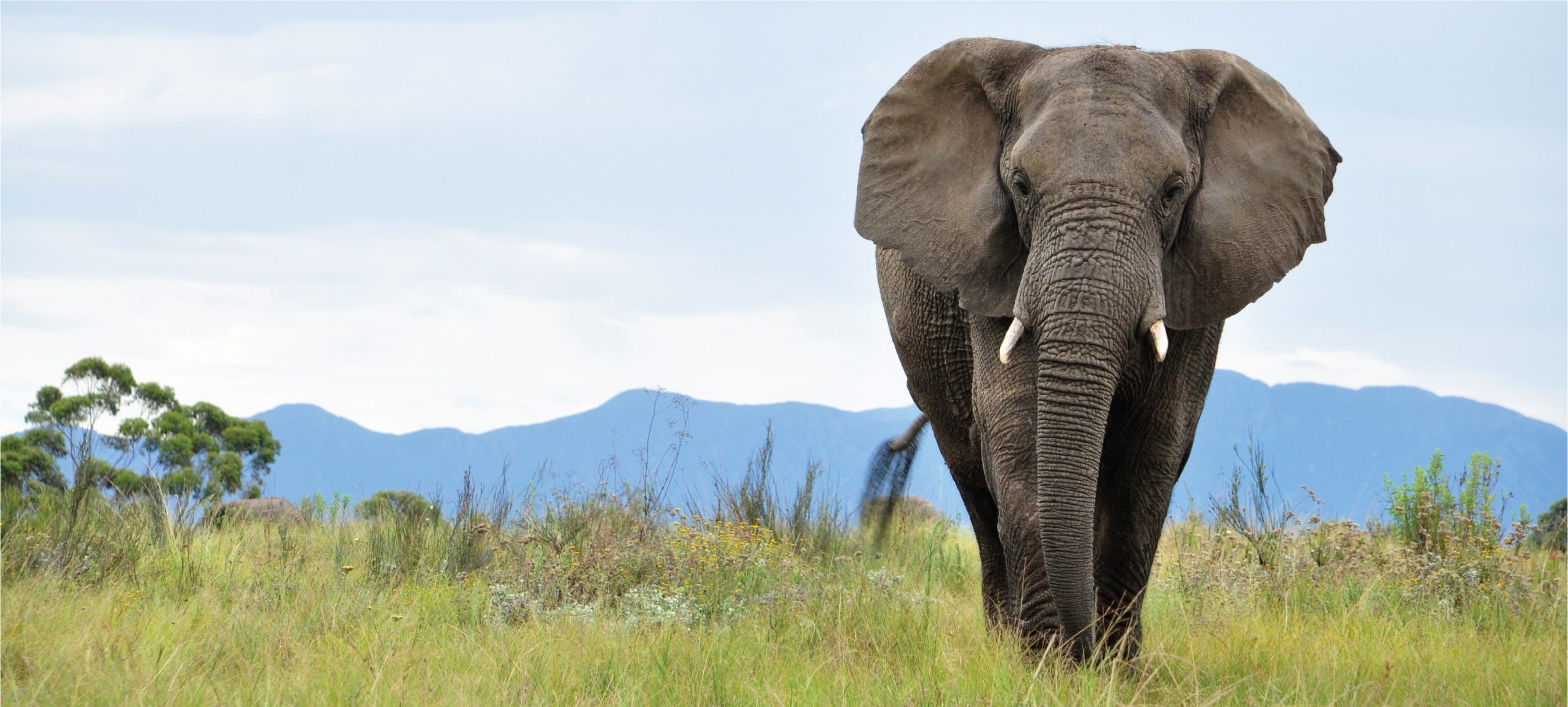-

Chinese Red-cheecked Squirrel
Explore the fascinating world of the Chinese Red-cheeked Squirrel (Callosciurus erythraeus), a vibrant rodent native to southern China and Southeast Asia. With its striking reddish-orange cheek patches and agile climbing skills, this playful species plays a crucial role in its ecosystem as a seed disperser, while navigating diverse habitats from tropical rainforests to urban parks.…
-

Irrawaddy Squirrel
Discover the vibrant Irrawaddy Squirrel (*Callosciurus pygerythrus*), a unique rodent native to Southeast Asia’s tropical forests. With its playful demeanor and crucial role in seed dispersal, this diurnal creature faces threats from habitat loss. Learn about its defining characteristics, diet, and conservation efforts needed to protect this vulnerable species.
-

Red-throated Squirrel
Discover the vibrant Red-throated Squirrel, a medium-sized rodent native to the tropical rainforests of Southeast Asia. With its striking reddish-brown throat and agile nature, this diurnal creature plays a crucial role in its ecosystem as a seed disperser, while facing the challenges of habitat loss. Learn more about its behavior, diet, reproduction, and conservation status…
-

Orange-bellied Himalayan Squirrel
Discover the captivating **Orange-bellied Himalayan Squirrel**, a medium-sized rodent native to the temperate forests of the Himalayas. With its striking orange belly and excellent climbing abilities, this unique species plays a crucial role in forest ecosystems through seed dispersal and regeneration. However, it faces threats from habitat loss, making conservation efforts vital for its survival.
-

Prevost’s Squirrel
Discover the fascinating world of Prevost’s Squirrel (Callosciurus prevosti), a vibrant inhabitant of Southeast Asia’s lush tropical forests. With a distinctive gray and tawny coat, this agile creature plays a crucial role in its ecosystem as both a seed disperser and a prey species, all while navigating its high-altitude habitat. Learn about its behaviors, dietary…
-

Plantain Squirrel
Discover the fascinating world of the Plantain Squirrel (Callosciurus notatus), a medium-sized rodent thriving in Southeast Asia’s diverse habitats. With its unique diet of fruits and nuts and roles in seed dispersal, this agile creature showcases remarkable behavioral traits and contributes significantly to its ecosystem. Learn more about its physical characteristics, reproduction, and conservation status…
-

Borneo Black-banded Squirrel
Discover the Borneo Black-banded Squirrel, a striking inhabitant of Borneo’s lush rainforests, identifiable by its unique black and white fur and playful behavior. This diurnal species plays a vital role in seed dispersal, contributing to forest regeneration while facing threats from habitat loss. Explore their fascinating lifestyle, diet, and conservation challenges in our latest blog…
-

Phayre’s Squirrel
Discover the fascinating world of Phayre’s Squirrel (*Callosciurus phayrei*), a vibrant rodent native to Southeast Asia’s lush tropical forests. With its striking coloration and agile behavior, this near-threatened species plays a crucial role in ecosystem health through seed dispersion and social interactions. Learn about its habitat, diet, and unique communication methods in our detailed exploration.
Search
Popular Posts
-
Lygosoma corpulentum
Discover the Lygosoma corpulentum, or fat skink, a robust insectivorous lizard native to Southeast Asia’s moist tropical rainforests and varying habitats. With a stocky body, impressive camouflage, and remarkable adaptability, this ovoviviparous species plays a crucial role in maintaining ecological balance.
-
Lygosoma boehmei
Lygosoma boehmei is a slender, nocturnal insectivore found in humid tropical rainforests and savannas of Southeast Asia, exhibiting a smooth, camouflaging texture and remarkable burrowing abilities. This vulnerable species plays a crucial role in its ecosystem by controlling insect populations and serving as prey for larger predators.
-
Lygosoma bampfyldei
Lygosoma bampfyldei, commonly found in tropical and subtropical regions, is a moderately sized lizard measuring 15 to 25 cm, known for its elongated body and glossy, camouflage coloration. This insectivorous species thrives in moist habitats and plays a vital role in maintaining ecological balance by controlling insect populations.
Categories
Tags
animal adaptations (924) animal behavior (5000) animal reproduction (865) behavior (920) biodiversity (7853) conservation (1670) conservation efforts (1778) conservation status (5748) diet (2104) ecological balance (2087) ecological role (1952) ecosystem (1469) ecosystem role (2901) endangered species (2514) habitat (3280) habitat conservation (1136) Habitat Destruction (1421) habitat loss (3385) herpetology (870) insectivorous reptiles (948) IUCN Red List (1971) lizard behavior (881) lizard diet (944) lizard reproduction (1101) nocturnal animals (2754) nocturnal behavior (2592) nocturnal reptiles (1061) physical characteristics (2058) predator-prey relationships (927) reproduction (2890) reptile behavior (1037) reptile conservation (1348) reptile reproduction (1069) rodent species (1325) seed dispersal (2145) Seed Disperser (979) small mammals (1168) snake behavior (952) snake diet (1061) snake reproduction (1129) tropical forests (948) Vulnerable Species (4926) wildlife (2511) wildlife conservation (5355) wildlife protection (1008)





